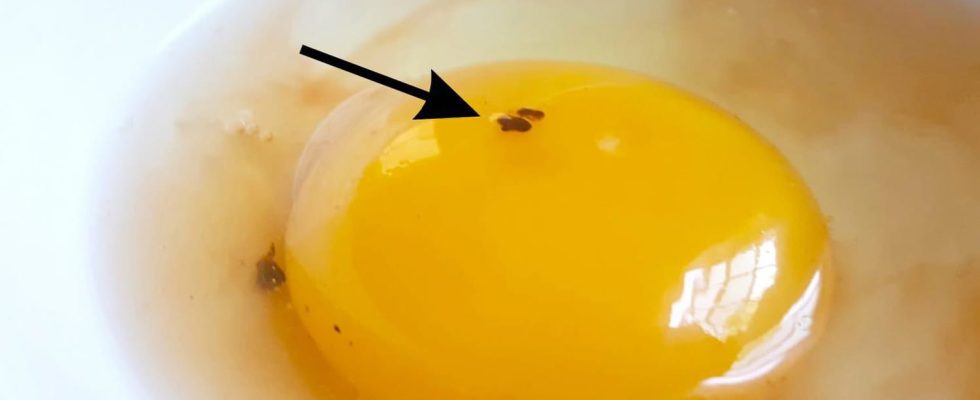Have you ever wondered what that little red dot that you often find on egg yolk is? Here’s why we sometimes see it and sometimes not.
Some people throw the eggs away when they see this little red dot, but is there really anything to fear for our health? Here’s everything you need to know about eggs and when it’s best not to eat them. Here’s everything there is to know about the mysterious appearance of the little red dot in the egg and how to tell if it’s edible or not.
The whole egg consists of three main parts: the outer shell, the egg white and the egg yolk. The outer shell of the egg serves as a protection for the internal parts and helps prevent bacterial contamination. It is a solid structure composed mainly of calcium carbonate.
The egg white sits between the shell and the yolk and is made up mostly of water and protein. It is also rich in essential nutrients such as niacin, riboflavin and vitamins B12. The egg yolk is the part that contains the most fat and therefore has a higher caloric intake than the egg white. It also contains important nutrients such as iron, phosphorus and vitamin A. It is interesting to note that depending on the breed of the hen, the nutritional values of the egg can vary slightly: for example, certain varieties produce eggs with colored shells or less transparent white than others.
And the little red dot? It is completely harmless and poses no health hazard. It is caused by a blood vessel that ruptures during the formation of the yolk. Not all eggs contain this sign: it depends on the genetic characteristics of the hen that laid them. Indeed, if a hen has more fragile blood vessels, there will be more chances of finding the famous red dot on her eggs. So there is absolutely no reason to throw the egg with the red dot!
When is an egg not edible?
When it comes to eggs, food safety is always an important issue. There are a few signals that can indicate when an egg is inedible and could pose a health risk. One of the first indicators that the egg might be bad is its smell. If you smell a strong unpleasant odor coming from the egg, you should not consume it. If you notice any cracks or breaks on the surface of the egg, that can also be a problem.
If the egg looks too runny or has the crushed yolk inside the white, it could indicate that the egg was improperly stored or even frozen then thawed.
